Juveniles can be grown in salt water from wells and in temperature-controlled recirculating systems
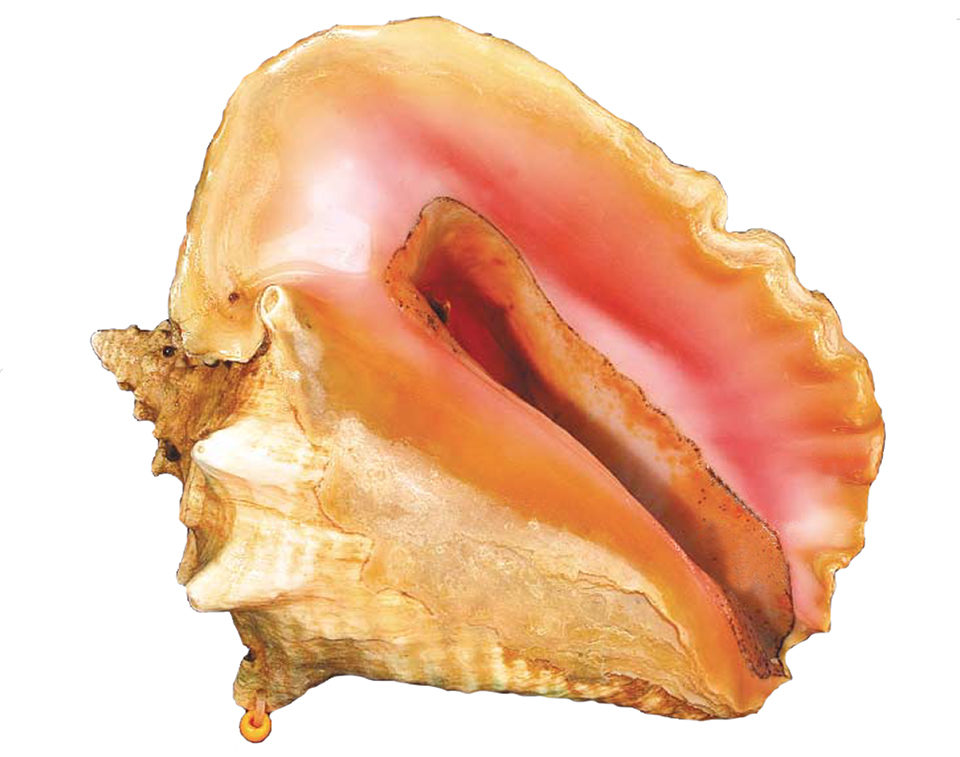
With a shell length of 18 to 23 cm, the queen conch (Strombus gigas) is the largest molluscan gastropod of the six conch species found in the shallow seagrass beds of Florida, USA; the Bahamas; Bermuda; the Caribbean Islands; and the northern coasts of Central and South America. Queen conchs are found in territorial waters of at least 36 countries and dependent territories.
For hundreds of years, queen conchs have been harvested throughout their geographic range and used as a subsistence food source. Their shells have been used for ship ballast, tribal tools, building materials, jewelry and decoration.
Fisheries development
Beginning in the 1970s, the queen conch commercial fishery developed in response to the rapid growth of tourism in the Caribbean and the increase in international demand for conch meat. Dishes such as conch fritters, chowder, and salad are specialties on menus throughout the region. Queen conch is considered one of the most important benthic fisheries, second only to spiny lobsters.
As the largest importer of conch from the Caribbean region, the United States imports approximately 78 percent of the conch meat in the international trade. Approximately 460 metric tons (MT) was imported into the United States in 2004, with the majority exported from the Turks and Caicos Islands.
Imports were as high as 2,260 MT in 2003, when Honduras and the Dominican Republic contributed more than 50 percent of the supply to the United States. However, in 2003, the Convention for the International Trade of Endangered Species (CITES) mandated a temporary closure of the fisheries in these countries until the stocks increase and a sustainable fisheries plan is put into place.
Stock management
Stock depletion of this species has necessitated the need for management regulations such as total fisheries closures in Florida, annual quotas, size regulations, and scuba diving prohibitions. Overfishing is the primary factor for the decline, although habitat degradation may also be a factor due to the loss of important nursery habitats close to shore.
In 1992, queen conch was listed in CITES Appendix II and became the first large-scale fisheries product regulated by CITES. All conch shipments must be accompanied by a CITES permit that states the exporting country has found the specimens were legally acquired and that the trade is sustainable.
Some locations, including the Bahamas, Puerto Rico, and Florida, have established no-fishing zones or marine protected areas to aid in conservation of the queen conch and other ecologically important species. These types of management efforts, along with regional fisheries plans and enforcement, will assist in the recovery of this important species.
Aquaculture
There is considerable interest in aquaculture of the queen conch to help relieve fisheries pressure and supplement dwindling natural populations. Fig. 1 shows the life cycle of queen conchs.
Research techniques to culture queen conchs for meat and stock enhancement began in the 1970s in Los Roques, Venezuela. In the 1980s, the University of Puerto Rico, University of Miami, Foundation for PRIDE in Turks and Caicos Islands, and USAID in Belize made significant contributions to queen conch culture.
In 1984, the first commercial conch farm, Caicos Conch Farm, was established in the Turks and Caicos Islands. Since 2000, queen conch laboratories in Mexico and Florida have continued research to improve culture efficiency and the transplantation of conch to improve spawning, and conducted conservation education programs for schools and the public.
HBOI research
In 2001, Harbor Branch Oceanographic Institution (HBOI), a public nonprofit organization in Fort Pierce, Florida, started a queen conch program to improve culture techniques and develop educational material to raise awareness of the species.
Research breakthroughs included breeding conch in captivity. Typically, hatcheries collected egg masses from the wild during the March-October summer spawning season. Adult conch are sexually mature at approximately four years, after their lips fully flare.
In the wild, a female lays about nine egg masses per season. Each egg mass has about 400,000 eggs. The conchs at HBOI laid egg masses on a raised sand bed in a recirculating culture system. Temperature was a major factor influencing spawning frequency.
Viable larvae were hatched from the egg masses and cultured for 21 days to the juvenile stage. Conch larvae require phytoplankton food throughout their larval cycle. Once competent, the conchs were induced to settle using a red seaweed metamorphic cue.
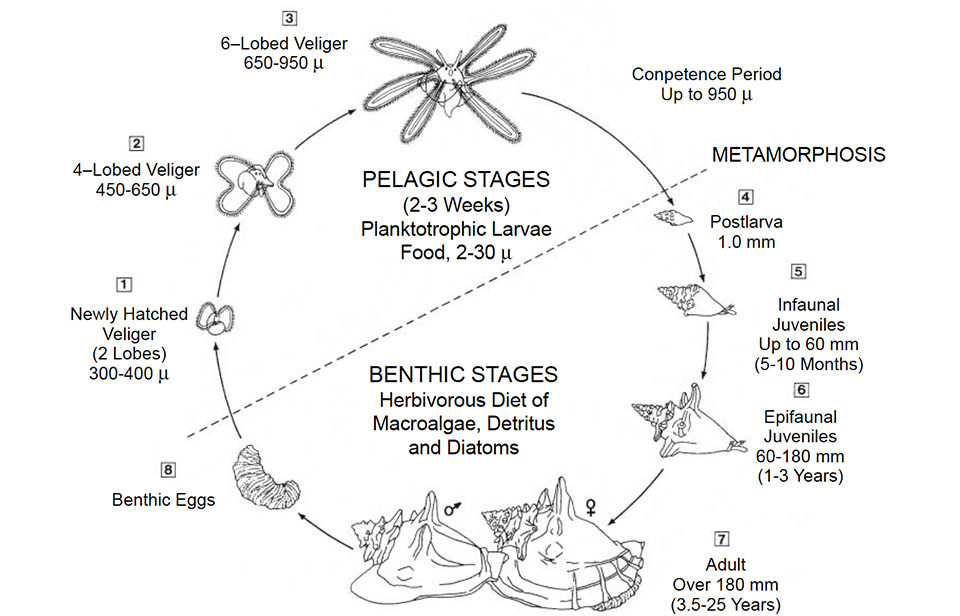
Larvae, grow-out work
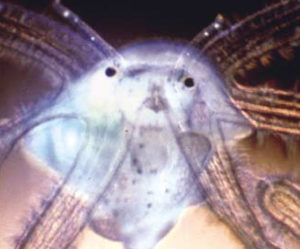
In collaboration with Florida Fish and Wildlife Conservation Commission researchers, HBOI scientists are conducting ecological studies using conch larvae as bioassay animals. Water and habitat quality in the nearshore areas of the Florida Keys are being studied to determine the success of larval recruitment.
Studies are examining the success of metamorphosis for larvae exposed to nearshore and offshore sediment and water. Another study is focusing on the survival, growth, and development of larvae exposed to ammonia levels equivalent to water contaminated by sewage outflow and agricultural runoff.
Research studies at HBOI also focus on developing husbandry techniques for growing conchs to market sizes and for stock enhancement. Studies with hatchery-reared juvenile queen conchs with 3- to 7-cm shell lengths showed an optimal stocking density of 75 conch per square meter and a preferred substrate for favorable growth and survival of aragonite sand.
Queen conch juveniles can be grown successfully in salt water from wells and in temperature-controlled recirculating systems. Conchs readily consume artificial feed made from a blend of catfish chow, dried sea lettuce, and alginate. It is recommended that conchs be released when they have shell lengths of 7 to 9 cm, which reflect an ideal size to stock into grow-out sea pens.
Conch heritage network
Tn education initiative Conch Heritage Network was established at Harbor Branch Oceanographic Institution in 2001 to work with the communities of southern Florida and the Caribbean to advance conservation and wise management of queen conchs. The network has developed a website at www.savetheconch.org to facilitate the exchange of conch information. The website includes queen conch research, educational lesson plans and activities developed with funding from Disney Wildlife Conservation Funds, and other resources.
The “Conch in the Classroom” lesson plans, which are tied to national and state standards, cover geography, fisheries, biology, and aquaculture. Many teachers in the United States and the Caribbean use the lessons as part of their marine biology and science curriculums.
(Editor’s Note: This article was originally published in the August 2005 print edition of the Global Aquaculture Advocate.)
Now that you've reached the end of the article ...
… please consider supporting GSA’s mission to advance responsible seafood practices through education, advocacy and third-party assurances. The Advocate aims to document the evolution of responsible seafood practices and share the expansive knowledge of our vast network of contributors.
By becoming a Global Seafood Alliance member, you’re ensuring that all of the pre-competitive work we do through member benefits, resources and events can continue. Individual membership costs just $50 a year.
Not a GSA member? Join us.
Authors
-
Megan Davis, Ph.D.
Aquaculture Division
Harbor Branch Oceanographic Institution
5600 U.S. 1 North
Fort Pierce, Florida 34946 USA[117,100,101,46,105,111,98,104,64,115,105,118,97,100,109]
-
Amber Shawl
Aquaculture Division
Harbor Branch Oceanographic Institution
5600 U.S. 1 North
Fort Pierce, Florida 34946 USA
Tagged With
Related Posts
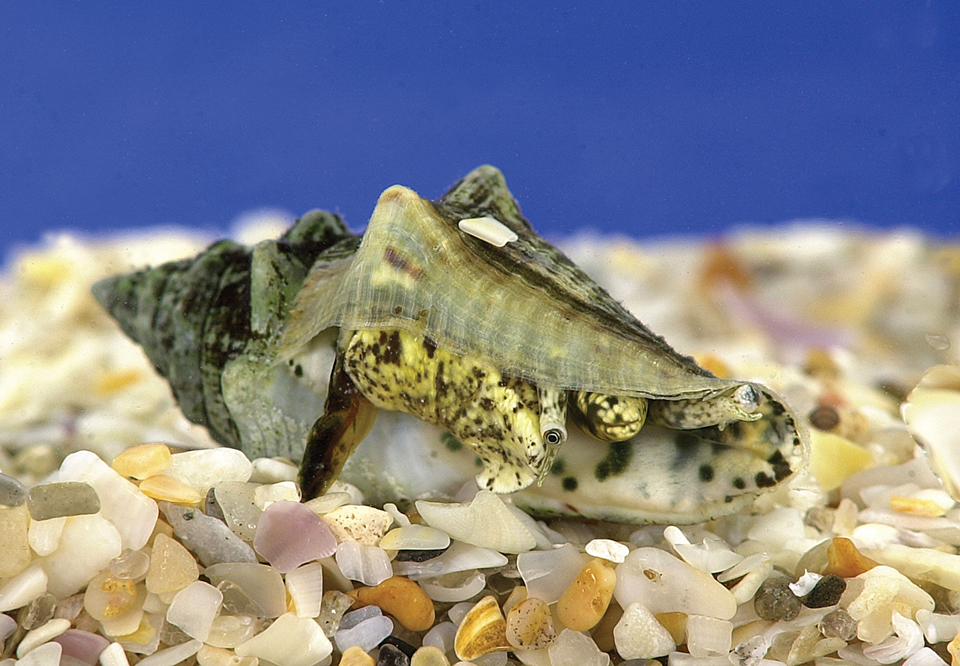
Health & Welfare
Artificial diets for juvenile queen conch
Researchers found juvenile queen conch fed diets containing added macroalgae had higher survival than a control given catfish feed only.
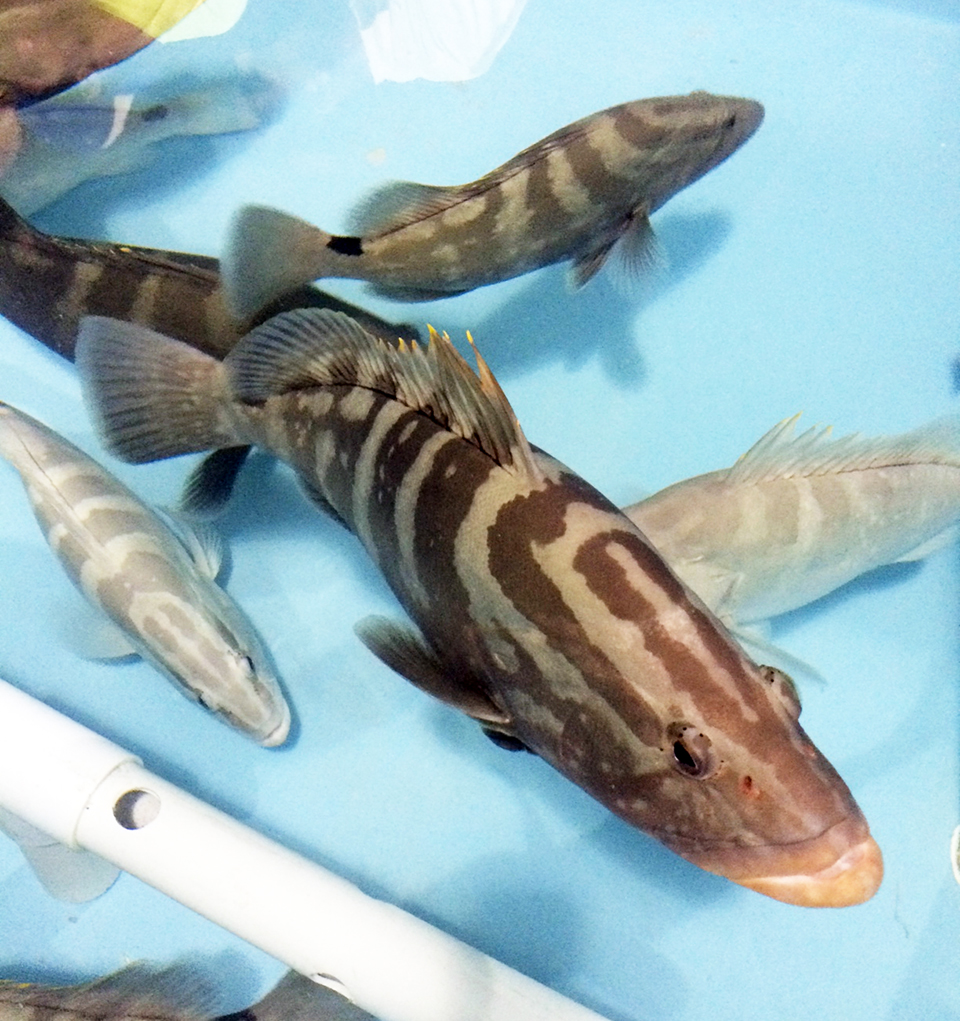
Intelligence
Bahamas venture focuses on grouper, other high-value marine fish
A new venture under development in the Bahamas will capitalize on Tropic Seafood’s established logistics and infrastructure to diversify its operations from processing and selling wild fisheries products to include the culture of grouper and other marine fish.
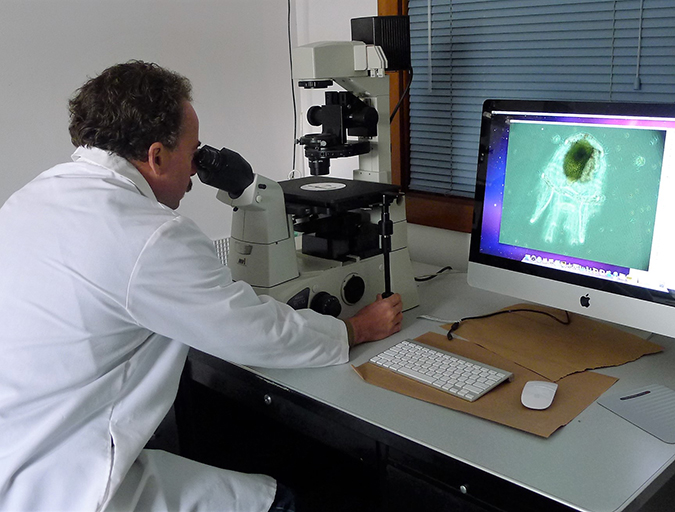
Innovation & Investment
Better together: Partnerships drive innovation at leading labs
Laboratories with industry partnerships are making aquaculture more innovative, efficient and responsible. These collaborations offer access to expertise, facilities and funding to further the industry and improve global food security.

Responsibility
A look at integrated multi-trophic aquaculture
In integrated multi-trophic aquaculture, farmers combine the cultivation of fed species such as finfish or shrimp with extractive seaweeds, aquatic plants and shellfish and other invertebrates that recapture organic and inorganic particulate nutrients for their growth.


